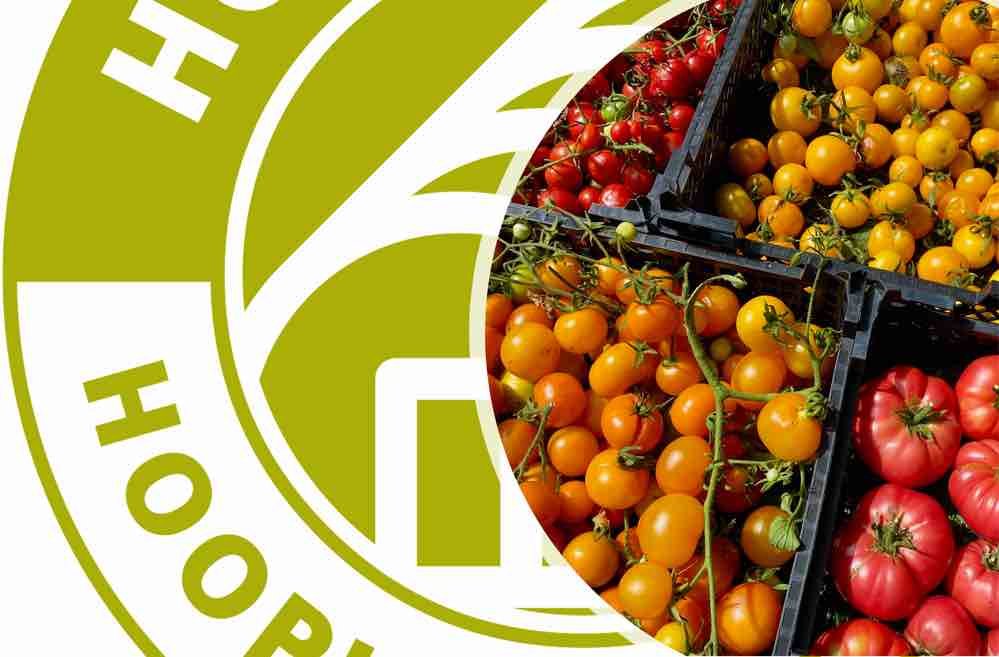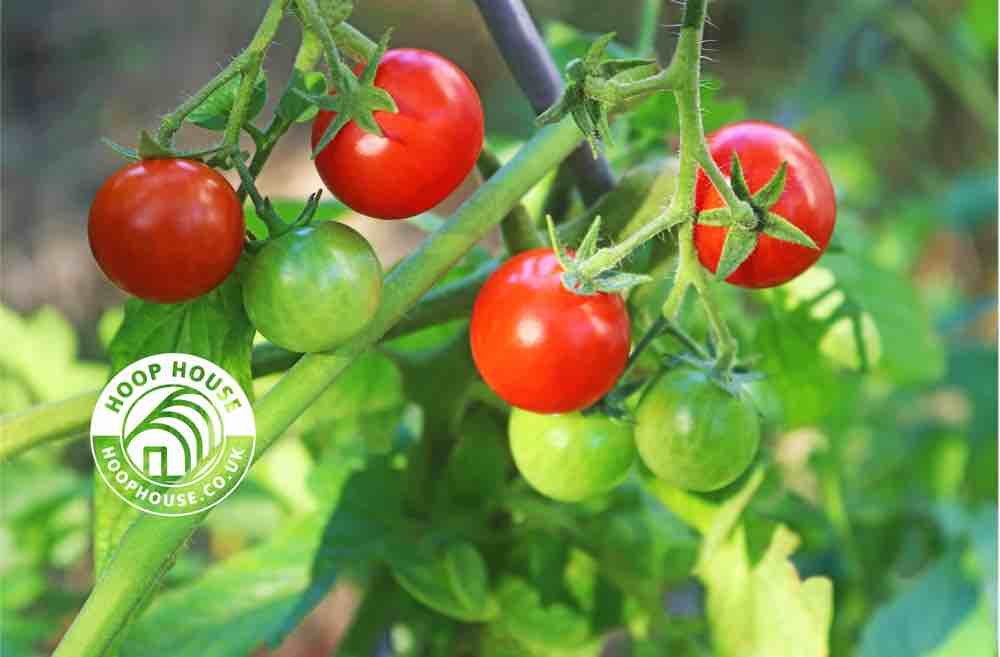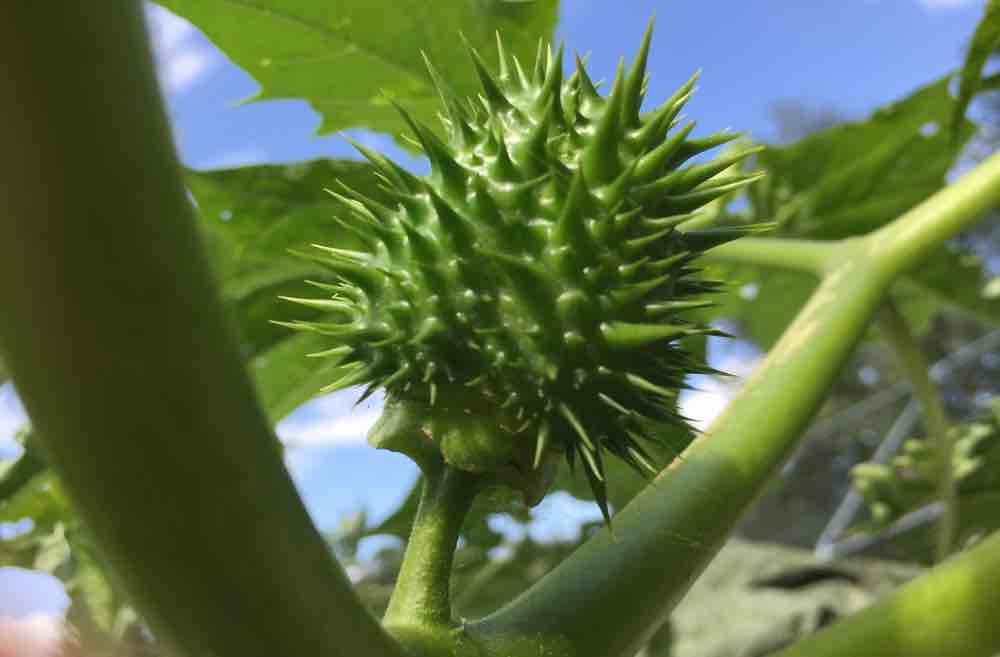Where Curiosity Takes Root and Learning Blossoms.
Courses and Workshops.
Courses
General Store
We are committed to reconnecting people with the land, their food, and themselves through hands-on horticulture education and meaningful outdoor learning experiences. Rooted in the principles of slow, sustainable living, our courses and workshops span organic gardening, heirloom seeds, fermentation, natural food preparation, and nature-based wellbeing. From planting your first vegetable bed to baking sourdough or simply deepening your connection with the natural world, we offer the skills, inspiration, and space to grow — from soil to soul.

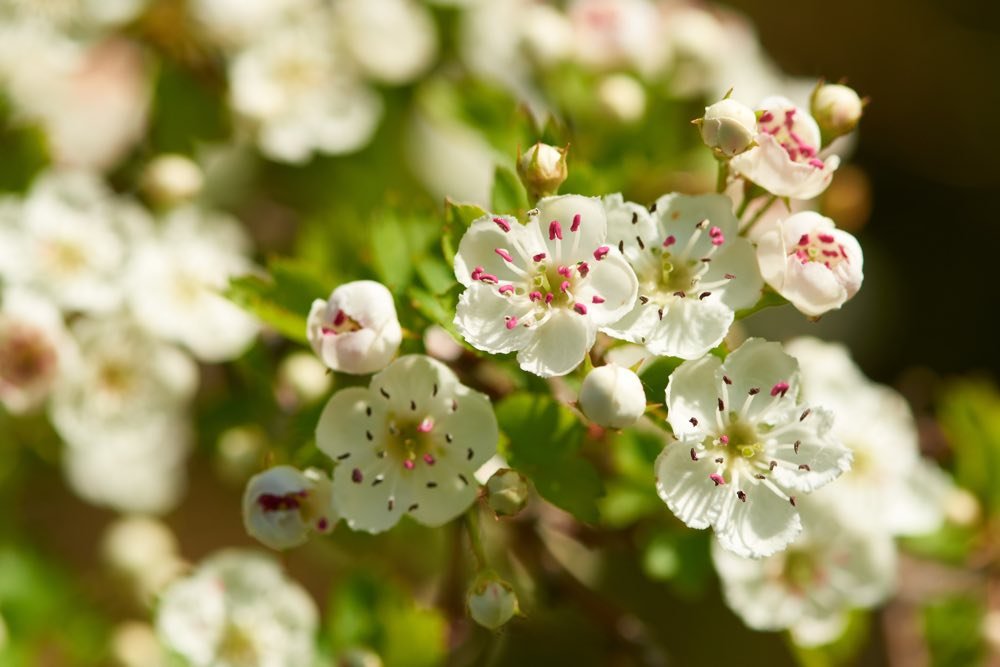





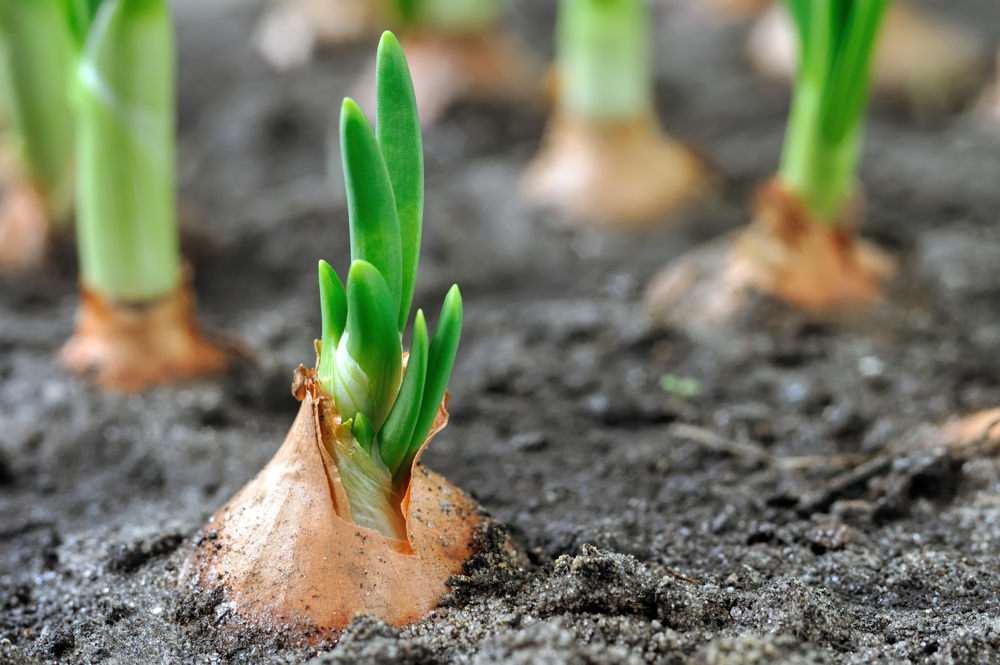
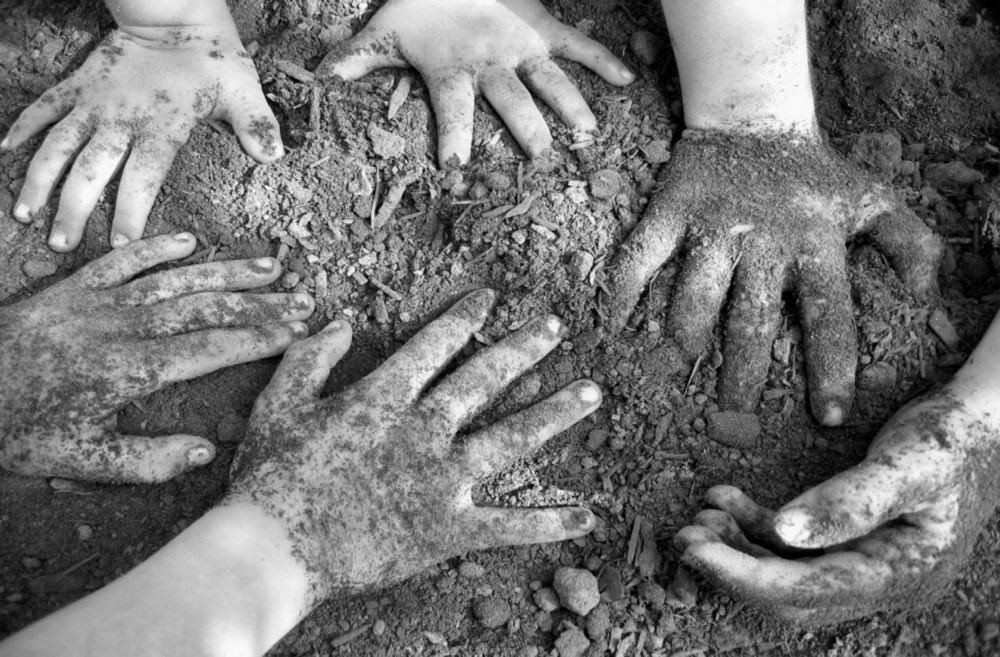

The Power of the Outdoors: Heightened Sensory Experiences
The natural world is a symphony for the senses, offering countless opportunities to immerse ourselves fully in the present moment. Being outdoors awakens our perception and brings us closer to the rhythm of life around us:
Seeing: The dappled sunlight filtering through the canopy creates ever-changing patterns that captivate the eye.
Feeling: The warmth of the sun on your skin or the gentle chill of a breeze reminds us of the elements that shape our world.
Watching: The quiet grace of a deer grazing before it senses your presence connects us to the delicate balance of life in nature.
Sensing: The shiver that a cool gust brings serves as a reminder of our vulnerability and aliveness in the embrace of the outdoors.



